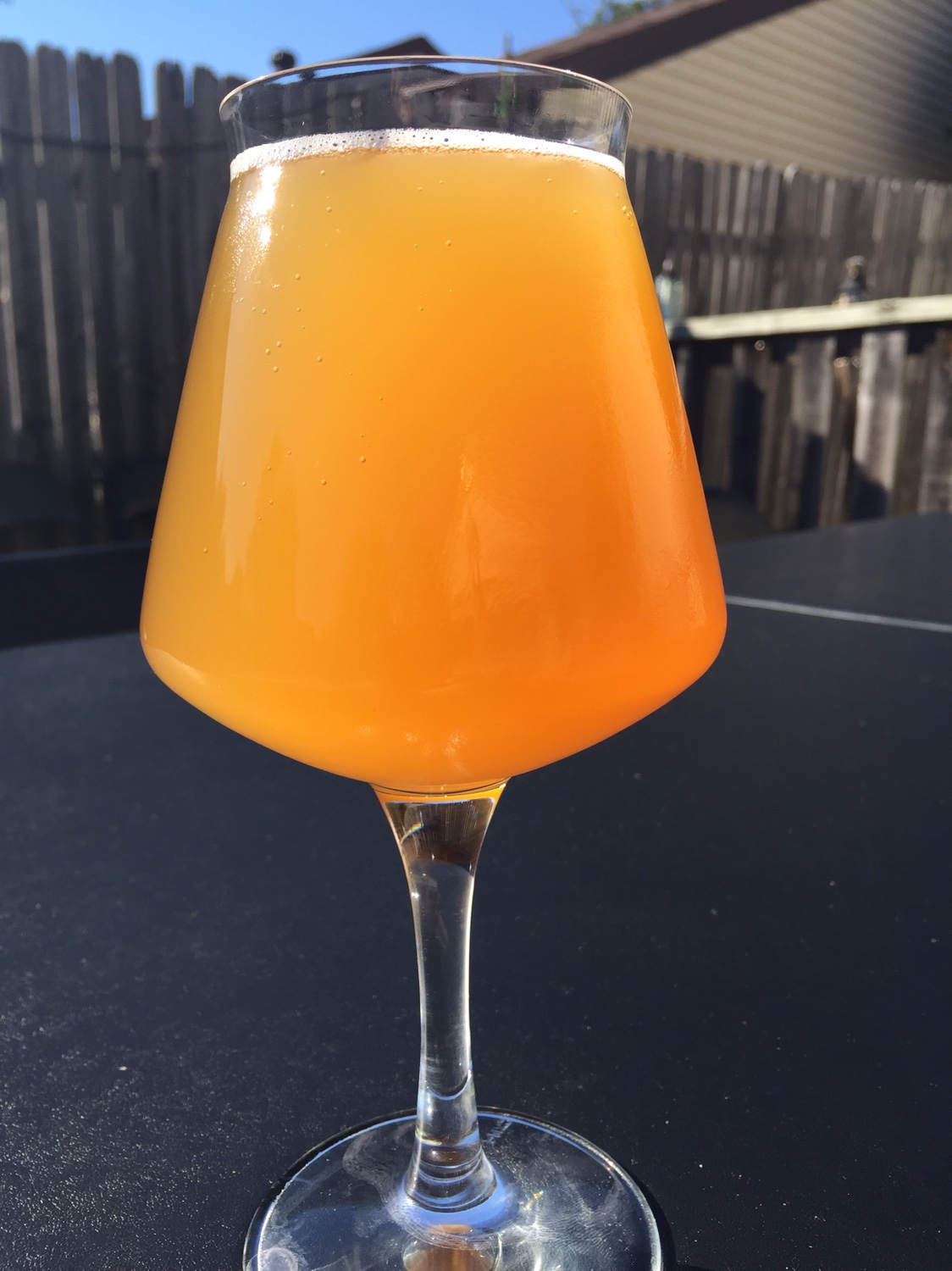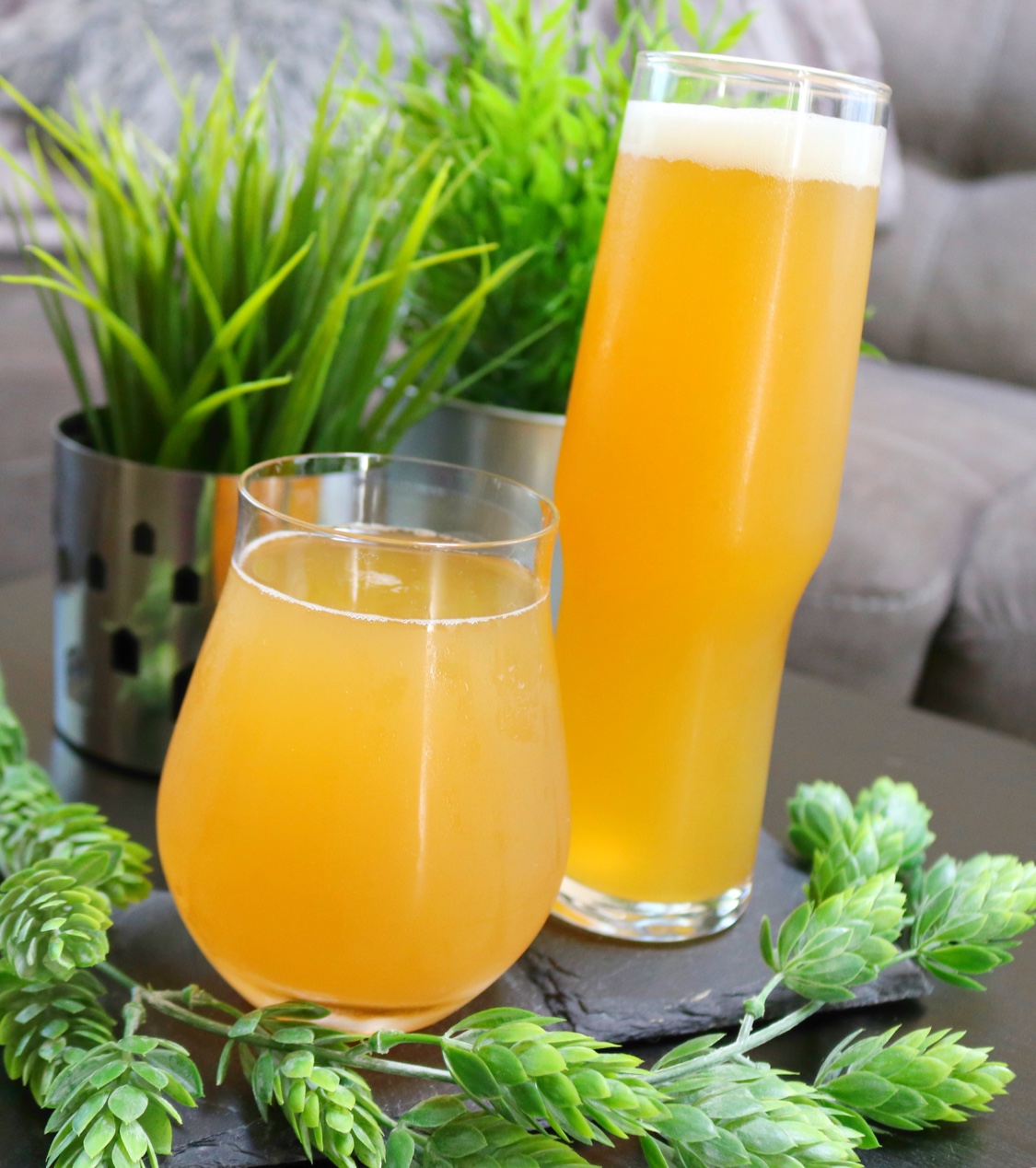beervoid
Hophead & Pellet Rubber
Certain parts of the process can be improved on the homebrew scale, so I actually believe you can homebrew better beer than commercial breweries.
Curious to hear from you which parts you think homebrewers can do better? I can only think of maybe lower whirlpooling temps but that doesn't seem to effect the end result much.
I know what is harder to do better then pro breweries.
- get better hops
- filter with surgeon precision by centrifuge
- dry hop with some sort of hop infusion device and recirculate without any oxygen pickup
All trivial imho to make a great NEIPA.
I would want to add another DON'T to the list if it wasn't mentioned before.
- Don't drink your neipa within 2 weeks post fermentation. Depending on the hops it can really help to bring the juice out to let these beer settle out for at least 1 week after dry hopping but better 2 - 3 weeks.



















![Craft A Brew - Safale BE-256 Yeast - Fermentis - Belgian Ale Dry Yeast - For Belgian & Strong Ales - Ingredients for Home Brewing - Beer Making Supplies - [3 Pack]](https://m.media-amazon.com/images/I/51bcKEwQmWL._SL500_.jpg)








































